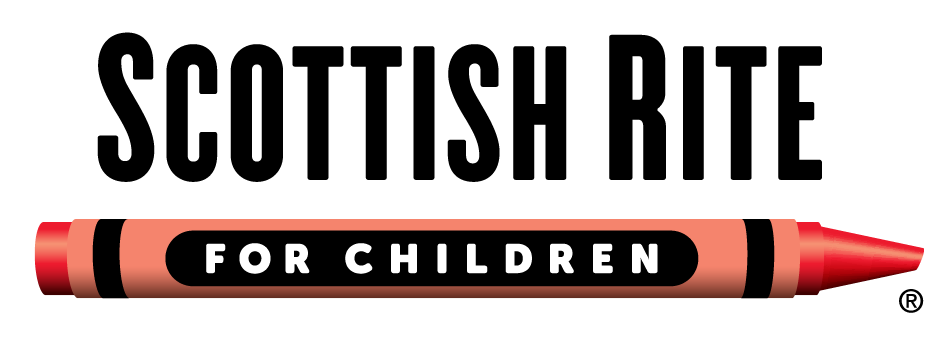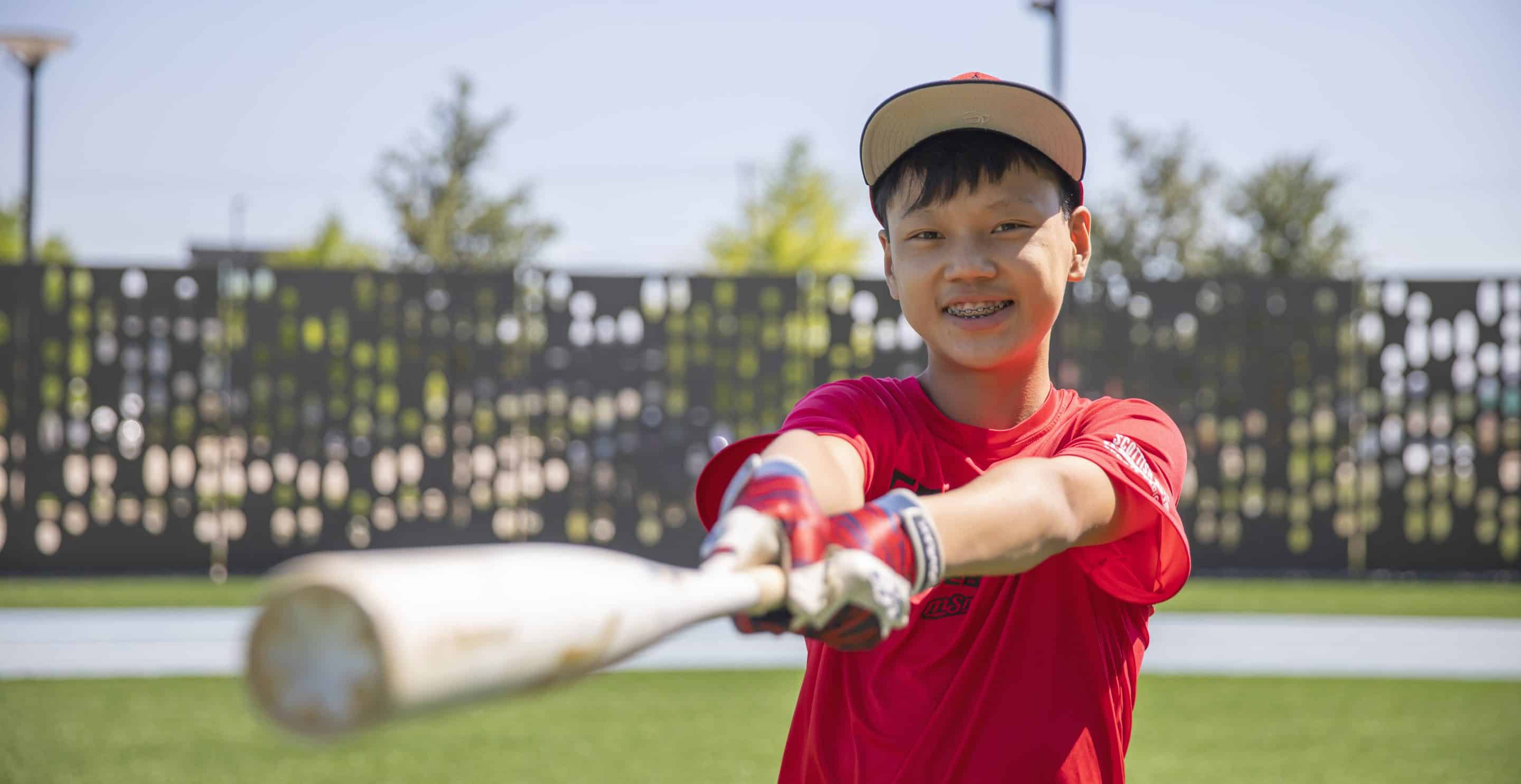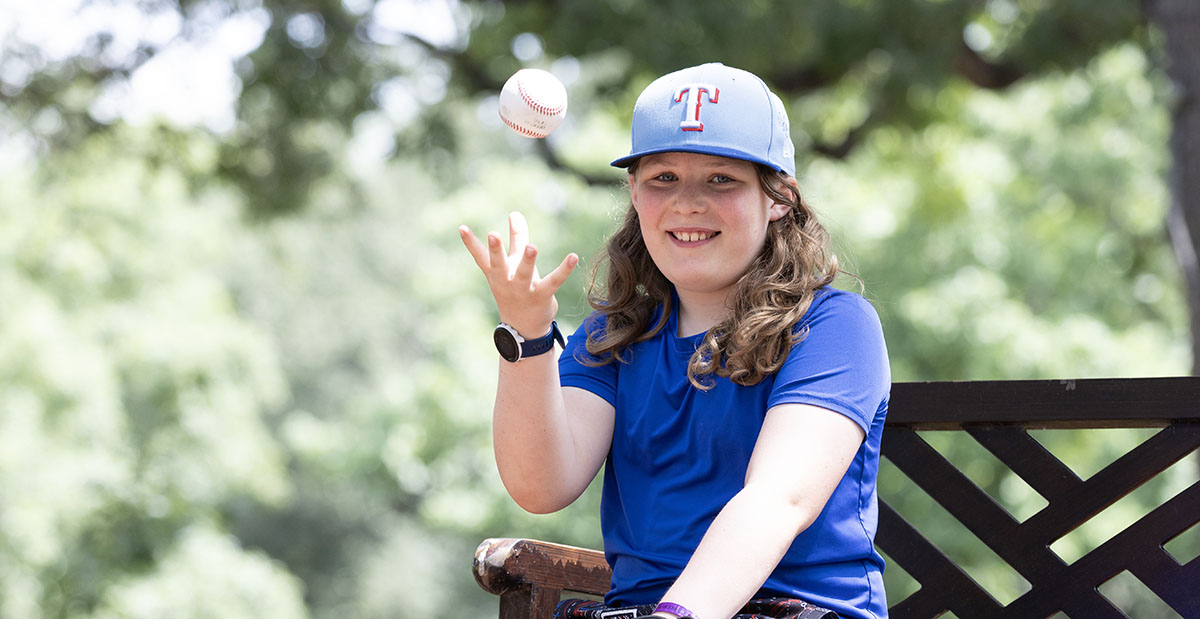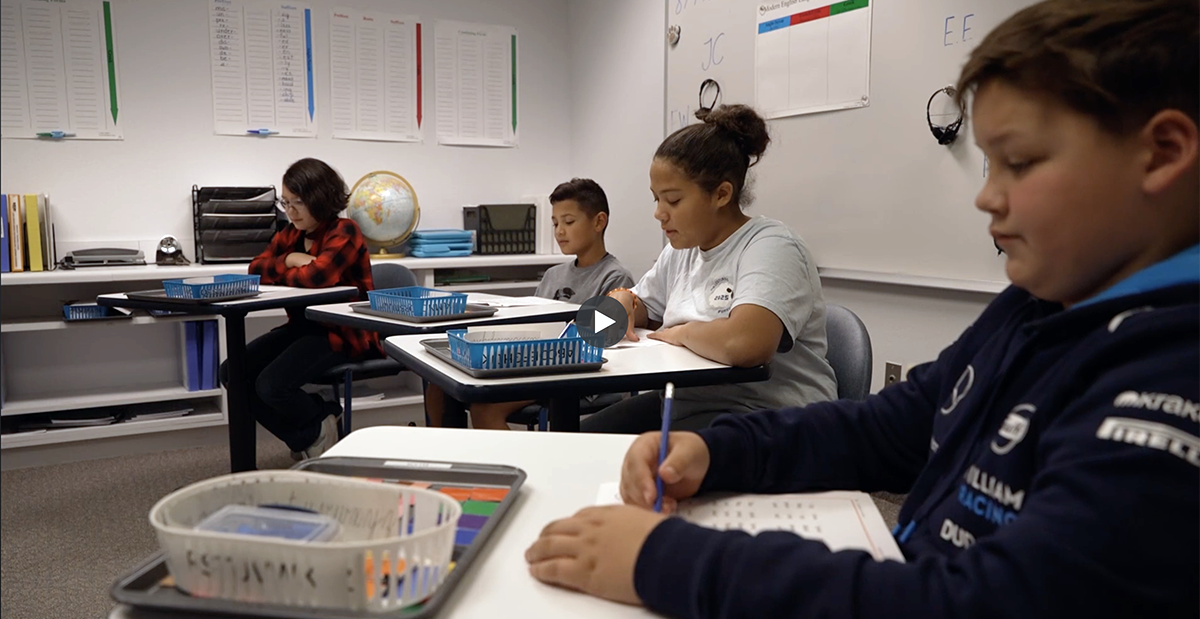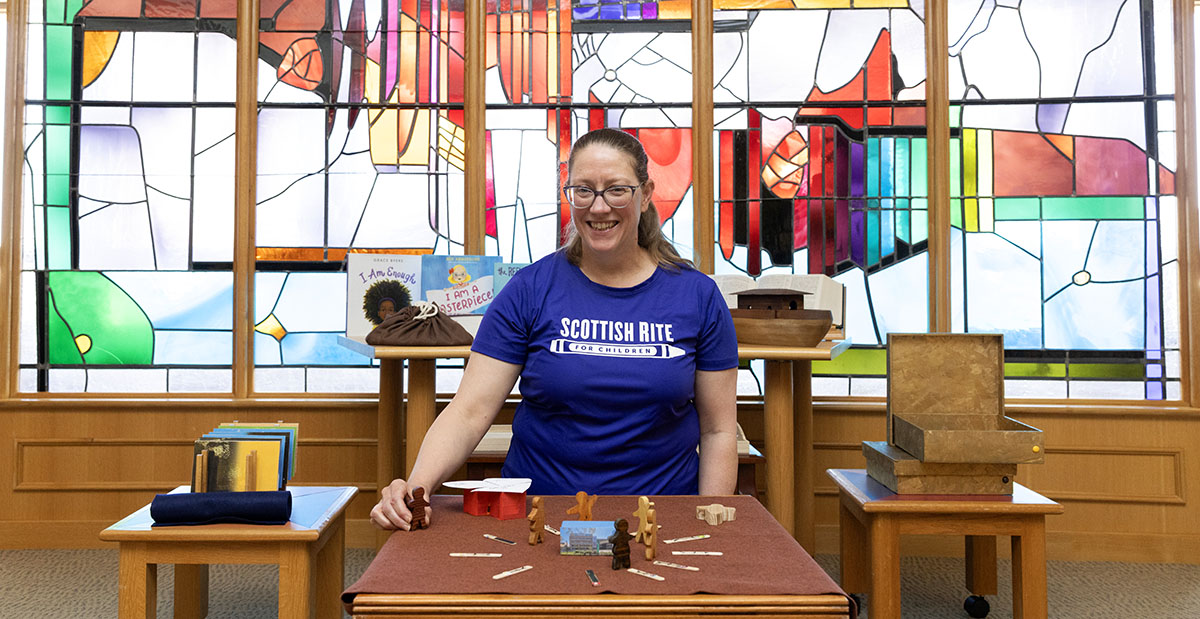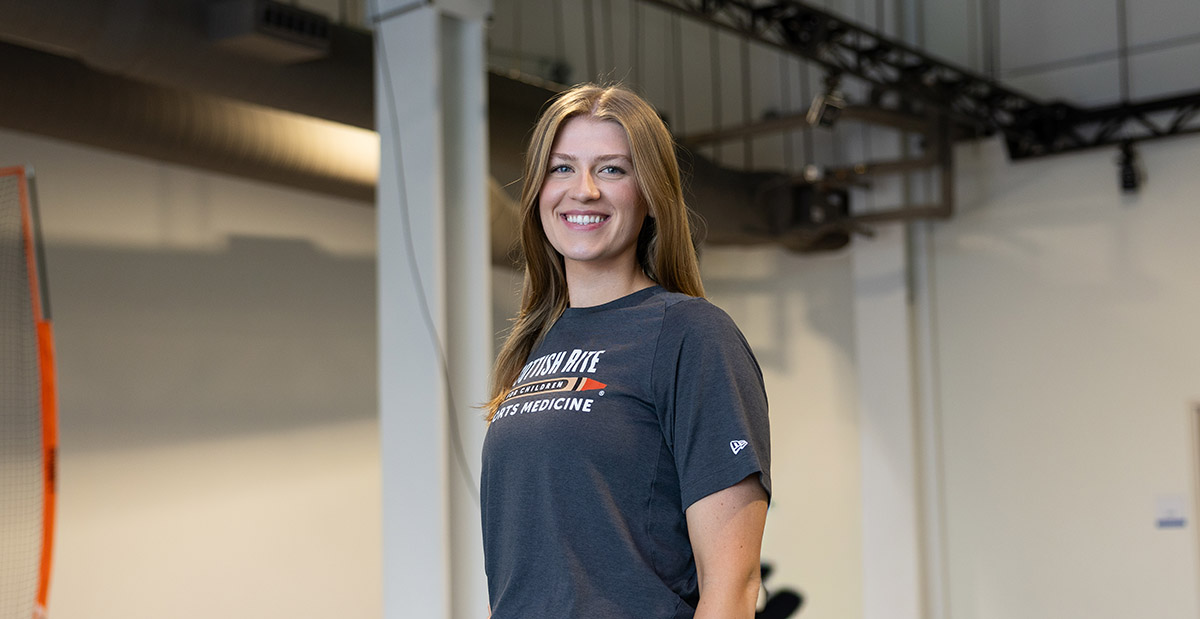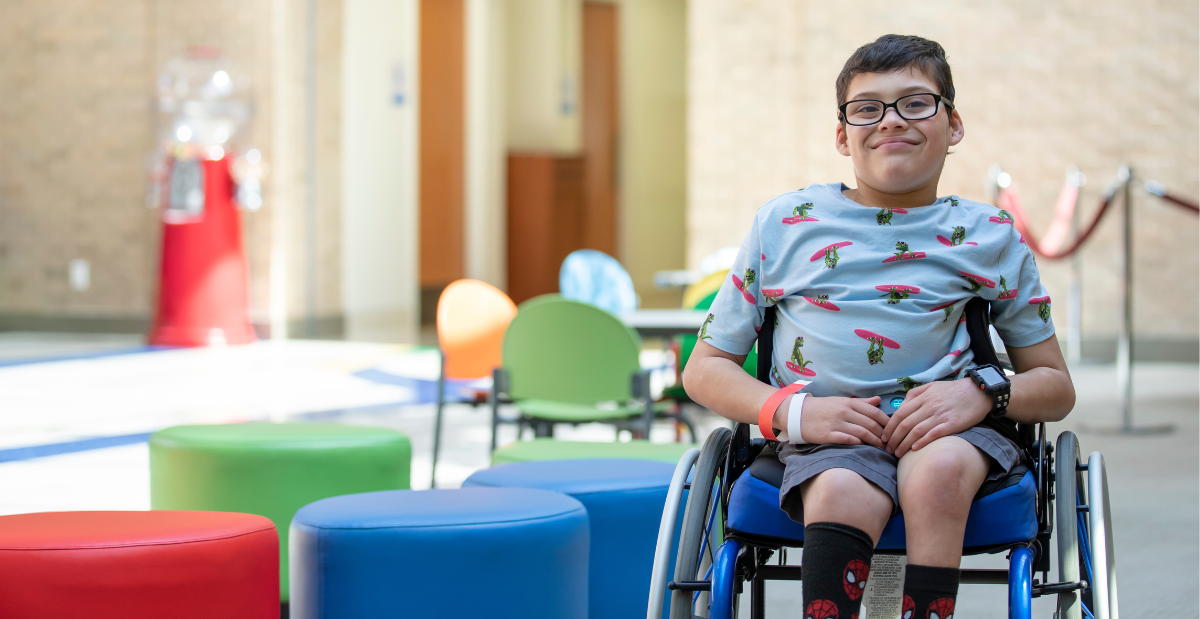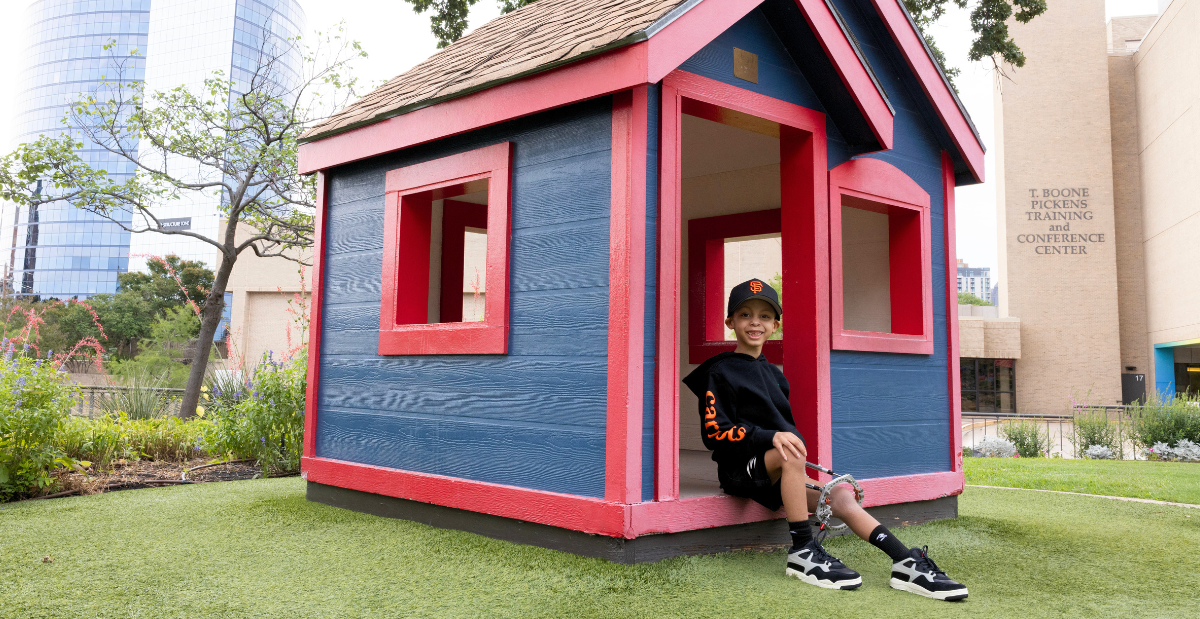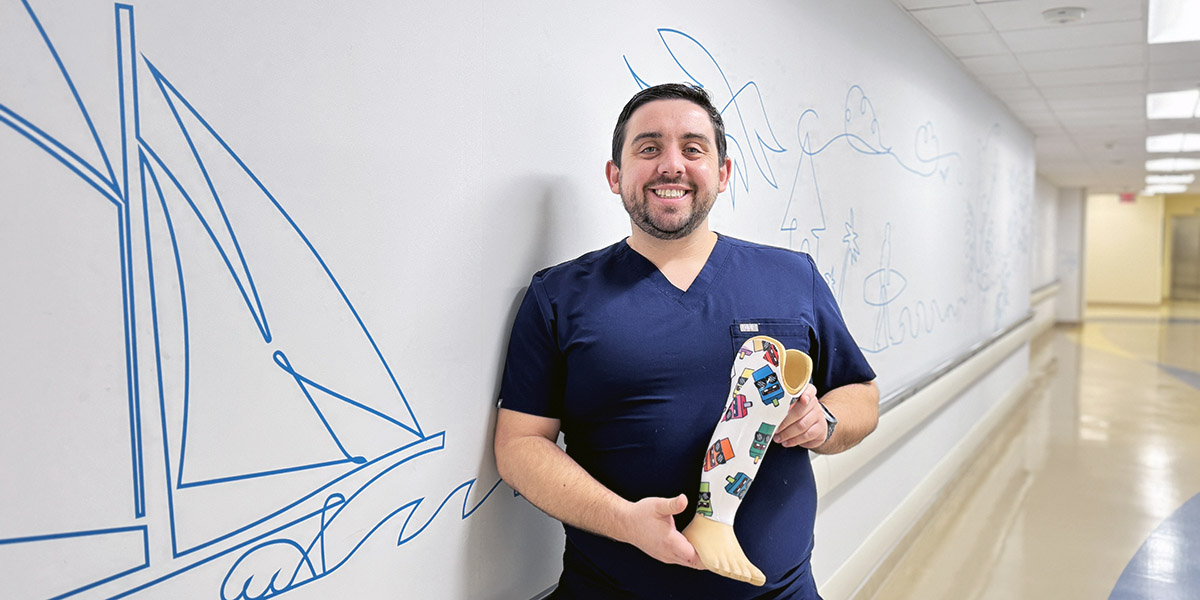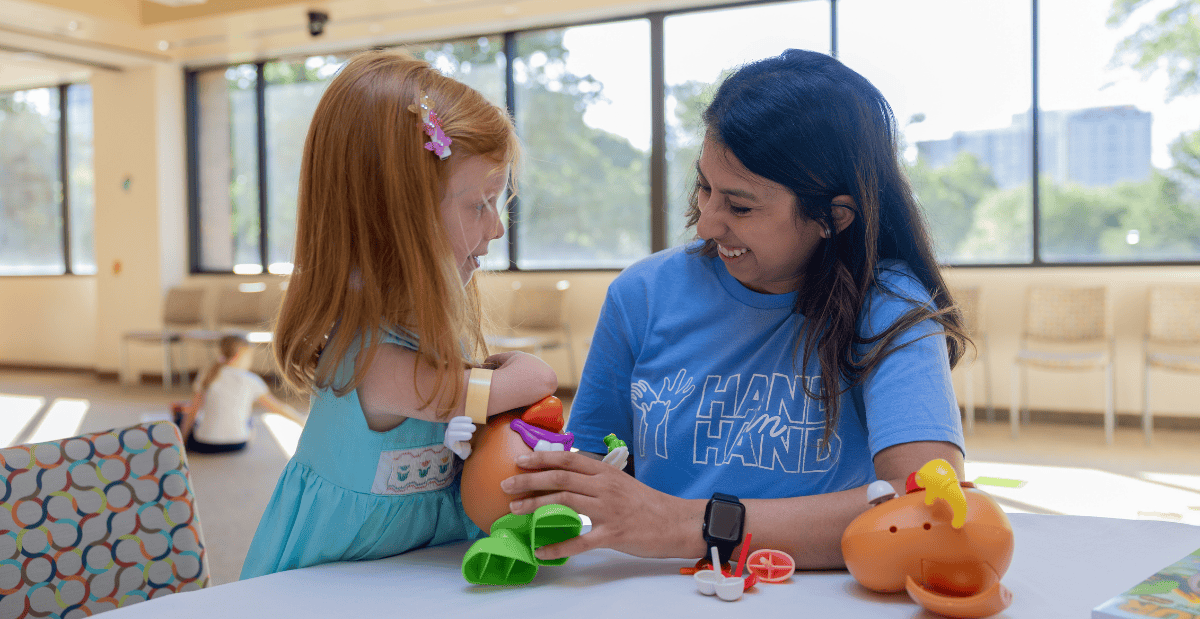Pediatric orthopedic surgeon and sports medicine expert Henry B. Ellis, M.D., spoke with the National Council on Youth Sports about Preventing Overuse Injuries in Youth Sports. Here are the key takeaways from his webinar:
What is an overuse injury?
Ellis: Overuse injury is defined as repetitive loading over a period of time. When an overuse injury occurs, it is the result of microtearing in tissues and cartilage while the body is unable to recover and heal. These injuries often occur around growth plates, which are the areas of cartilage that attach to muscles found in children and adolescents. Microtears and stress on the growth plates lead to an inflammatory process and an overuse injury. Inflammation causes pain, which is the body’s way of telling the athlete to slow down and give it time to heal.
What is sports specialization?
Ellis: Sports specialization is associated with injuries and overuse. Some things that qualify as sports specialization include training in a specific sport year-round (more than eight months a year), quitting all other sports to focus on one sport, or choosing to focus on one main sport overall. Variety in sports is healthy all-around. All athletes need an off-season to do something different to avoid causing an overuse injury.
How do you tell the difference between typical soreness after activity versus an overuse injury?
Ellis: A myth is that when you are not sore after training, you are not training hard enough. In children, the body is not meant to be sore or have discomfort after activities. When children are sore, it signals that they are doing too much and could have an overuse injury. Children’s bodies are growing and developing, and because of this, their healing capabilities are different than that of an adult.
What are some common overuse injuries?
Ellis: Many overuse injuries are related to growth plates around different bones in the body. Hamstring problems in a dancer are common due to repetitive movements such as high kicks causing an overuse injury known as apophysitis, which causes pain and inflammation around a growth plate. Another common overuse injury seen in basketball players is Osgood-Schlatter, which affects the growth plate at the top of the shinbone (tibia) just below the kneecap. This is often due to repetitive jumping and running. In runners and sprinters, it’s not uncommon to find overuse injuries around the growth plate near the hip flexor. In gymnasts and baseball pitchers, we see another condition called osteochondritis dissecans (OCD) of the elbow. This condition happens when a bone underneath cartilage no longer supports it, leading to pain and inflammation.
Stress Fractures are another common injury seen across all sports. They happen when repetitive loading in a bone creates tiny microfractures. The body normally heals these microfractures, but when an athlete is doing an action repeatedly, the body can’t keep up with healing. This could be due to lack of adequate rest or nutrition, and the body says enough is enough.
What could be the source behind an increase in overuse injuries in youth sports?
Ellis: We know that in the last 20 years, overuse injuries in youth sports are up at least 600%. As parents of a young athlete, it can be hard to pull in the reins on the amount of an activity they not only love, but that you love experiencing with them. We’re also seeing an increase in sports specialization and the commercialization of youth sports, leading to more pressure for young athletes to perform.
How can families prevent overuse injuries in their young athlete?
Ellis: Working as a family to monitor activity and staying involved with your child’s coach to keep an eye on training commitments can help prevent overuse injuries. Balancing multiple sports is beneficial, but extreme participation can lead to injuries. As a rule of thumb, try to balance the weekly hours of activity with a child’s age – less activity and training for younger children and more as they age. We’re not concerned about children being in sports all year-round, but those sports need to be different and allow for different activities in different seasons.
A good method to prevent overuse injuries is following the 70/30 rule. The 70/30 training rule helps prevent injuries by balancing sport-specific training and conditioning. For example, if you have a swimmer in the pool for seven hours one week, balance that with three hours of dry land training to avoid too much repetition in movements.
What are some other factors that contribute to overuse injuries in young athletes?
Ellis: Adequate sleep is crucial for recovery and performance, and a lack of sleep increases injury risk. Proper sleep and nutrition are probably two things we don’t talk enough about. If an athlete sleeps less than eight hours, they have a higher risk of becoming injured and may have delayed recovery from injuries.
Nutrition is also vital to preventing injuries such as stress fractures, a concerning overuse injuries. Proper fueling after training and competition help athletes recover and prepare for the next session or game.
To watch Dr. Ellis’ full webinar, please visit the National Council on Youth Sports on YouTube.
